Impact Investing Dashboard
Below is a brief overview (as of April 2025) of the duPont Fund’s impact investing work. It includes lenses on the types of investments we make and on our impact themes.
To get started, we’ve shared two charts below that provide a snapshot of the duPont Fund’s overall portfolio. The first chart demonstrates that about 57% of our total portfolio – or $213.4 million of our $377.3 million investments – is invested in what we define as impact investments. The second shows how that $213.4 million of impact investments breaks down by asset class.
Overall Investing Portfolio
Impact Investing Portfolio
Next, we provide a lens on one of the core values that drives the duPont Fund: opportunity. Our investment thesis is that communities historically locked out of traditional capital markets hold extraordinary potential for innovation, growth, and returns. By investing intentionally in underrepresented markets, we are not compromising performance — we are expanding opportunity and unlocking new sources of growth.
When it comes to our invesments, we measure diversity in two ways:
Investments in organizations – whether management firms we place our money with or organizations in which we directly invest – that are 50%+ owned or led by women or people of color; and
Investments in money-management firms in which 50% of their capital is invested in organizations that are majority owned and led by women or people of color.
According to the Knight Foundation, the percentage of foundation endowments managed by diverse-owned firms was 18.1% as of 2022, which greatly exceeds the overall U.S. benchmark of 1.4% invested with diverse-owned firms. The chart below provides these two benchmarks alongside the duPont Fund’s percentage invested in diverse-owned firms. As shown, the duPont Fund is currently meeting the foundation benchmark for assets invested in diverse fund managers.
U.S. Overall Benchmark
U.S. Foundation Benchmark
duPont Fund Overall Portfolio
The following charts dig deeper into our three substantive categories of investments, and what the percentage of our investments are with diverse-owned firms within each category. Here are how we define the three categories:
Traditional Investments: Traditional investments intended to maximize return with risk tolerance and diversified across various classes.
Impact Investments – ESG: Impact investments aligned with the Fund’s focus areas and screened for best-in-class companies using environmental, social, and governance factors, consisting of public equities and fixed income assets.
Impact Investments – High-Impact: Impact investments with high alignment to the Fund’s objectives that have measurable and intentional positive impact, consisting mostly of loans, bonds, and private equity assets.


